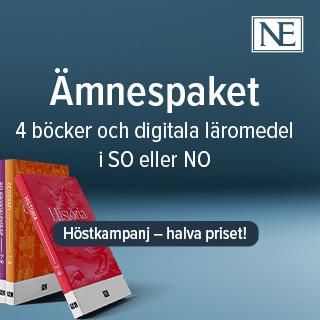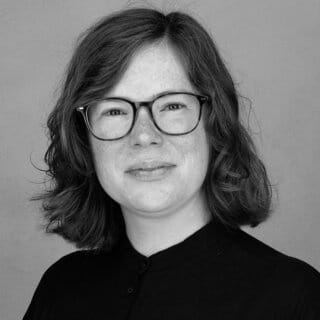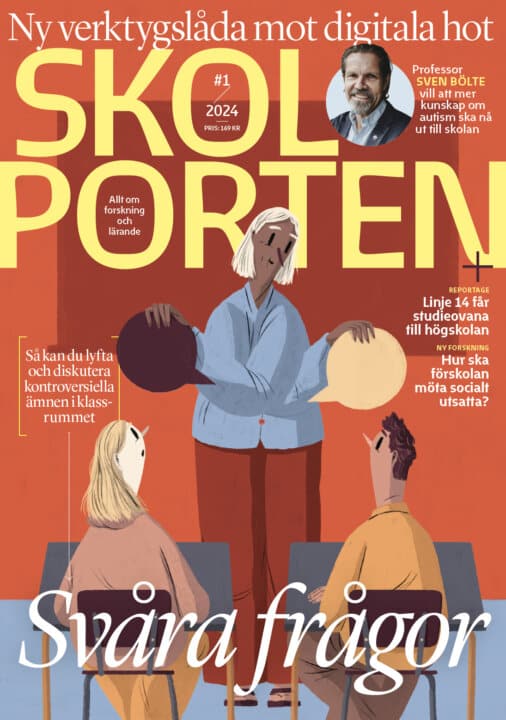Kroppen läser och skriver
Reading and writing have been investigated from different perspectives. Depending on the perspective adopted, some aspects of the phenomena have become visible, while others have been ignored. One of these seldom highlighted aspects is the lived body, learning to read and write. In this article, I explore the phenomenological aspects of reading and writing. What do we see when we consider our embodied existence? Merleau-Ponty believes that man is an indivisible whole; the mind can neither be understood without the body, nor the body without the mind. What then are the consequences for our understanding of reading and writing when, in addition to aspects of skill, metacognition and learning in practice, account is also taken of the fact that we are lived bodies, situated in time and space? The findings from my doctorial thesis (Nielsen, 2005) serve to illustrate the discussion. Narratives from people with reading and writing difficulties show that the encounters with sign, words and text are a bodily encounter, as well as a mental one, facilitated by means of perception and motor activity. They also show that own time and personal space are important aspects of learning to read and write.
Författare: Cecilia Nielsen
Educare 1/2011

Fritidshem
 Åk F–6
Åk F–6 Matematikångest
 Åk 4–Vux
Åk 4–Vux 







